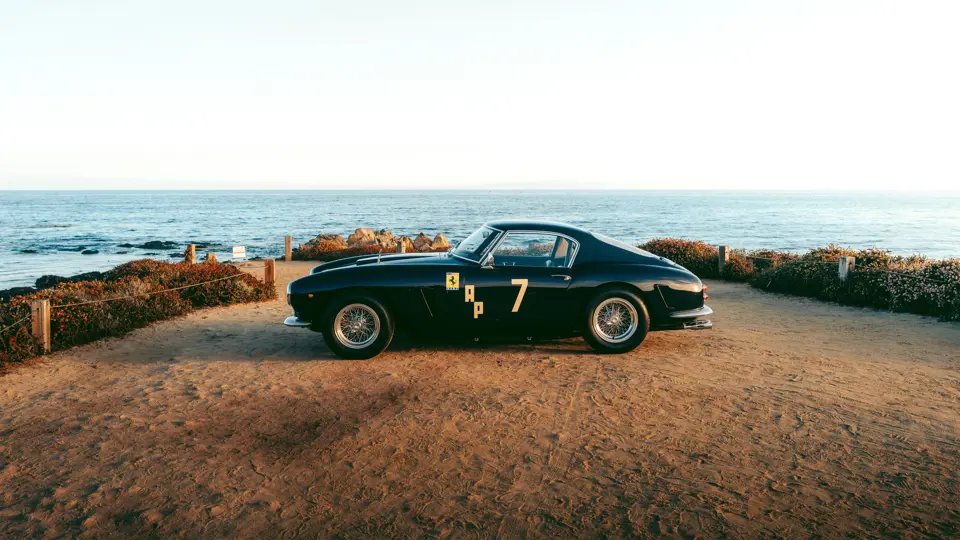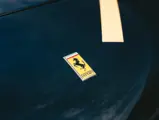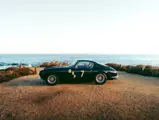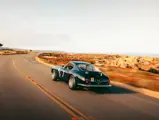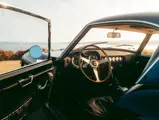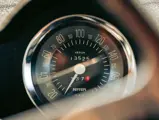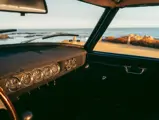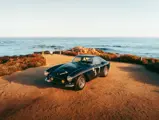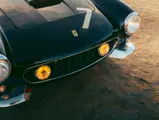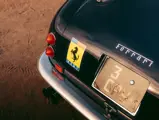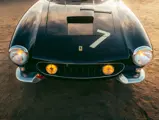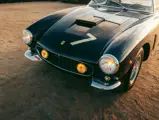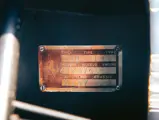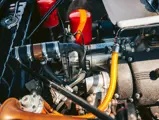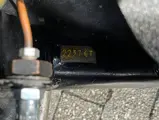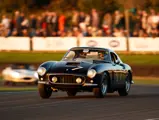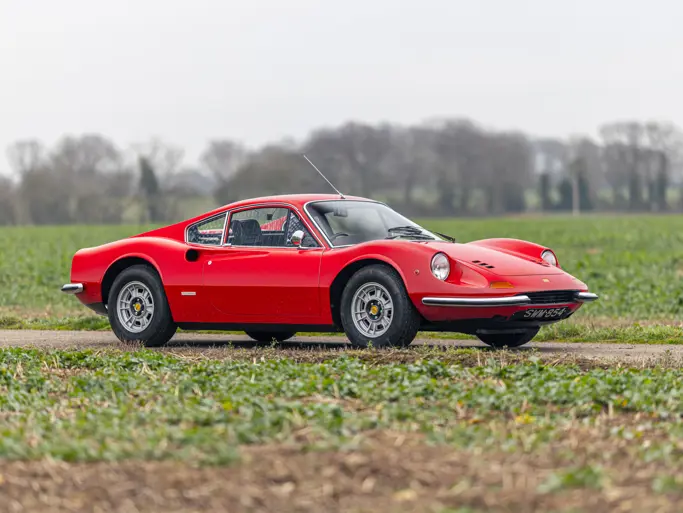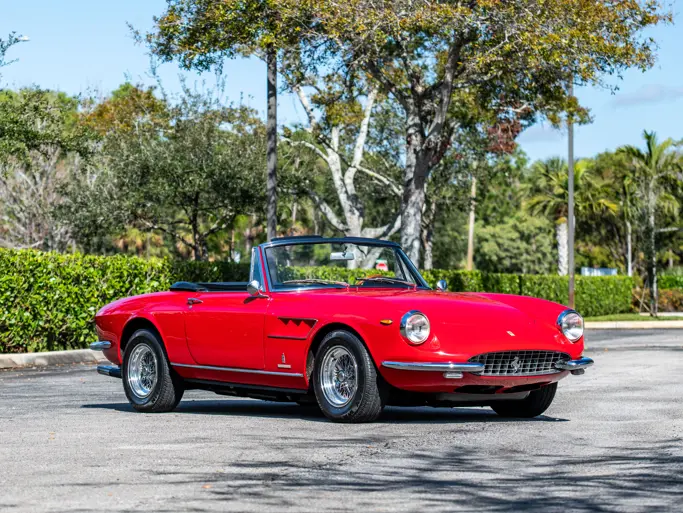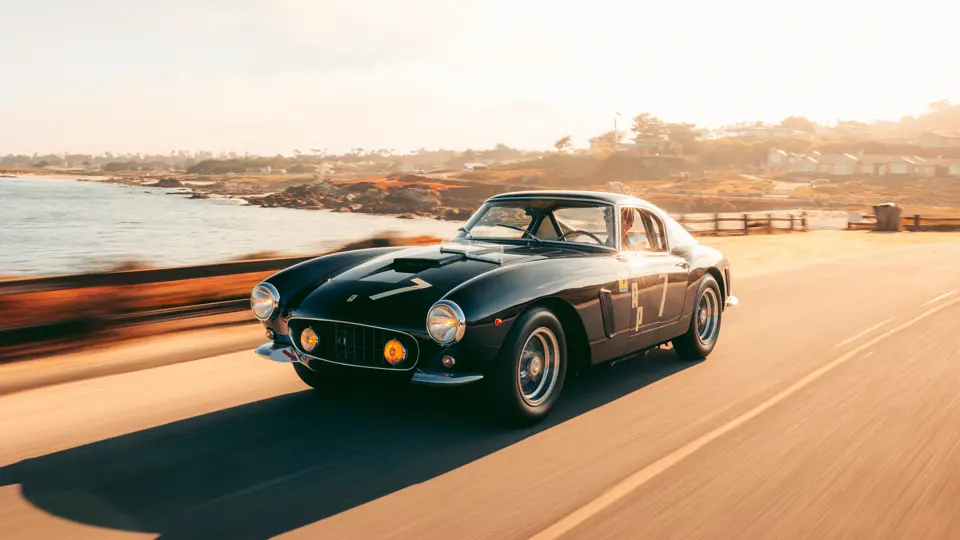
1960 Ferrari 250 GT SWB Berlinetta Competizione by Scaglietti
{{lr.item.text}}
Price Upon Request
{{bidding.lot.reserveStatusFormatted}}
- One of only 20 1960 alloy-bodied 250 GT SWB Competizione Berlinettas built with Ferrari’s more powerful Tipo 168 B engine
- Highly successful period race history achieving over half a dozen overall or class victories and 10 podium finishes with well-known SCCA privateer Charlie Hayes
- Offered from almost 40 years of single-family ownership
- Ferrari Classiche certified in 2011; retains its original chassis, bodywork, engine, gearbox, and rear axle
- Previous entrant at the Goodwood Revival, Tour Auto, and THE ICE St. Moritz
Among the hierarchy of the Ferrari 250 GT SWB Berlinetta—considered by many to be one of Ferrari’s most iconic and desirable models in its nearly 80-year history—chassis number 2237 GT stands out as one of the finest, due not only to its mechanical originality, but also its period race history and impeccable provenance, offered as it is from almost 40 years of single-family ownership.
Completed by the factory in November 1960, chassis 2237 GT was the penultimate 250 GT SWB Berlinetta Competizione produced that year, landing approximately one-third of the way through overall 250 GT SWB Berlinetta production. It sported aluminum-alloy coachwork from the factory, though without the roof vent and non-quarterlight side windows that typified earlier examples. At its heart was the Tipo 168 B, a specification fitted to only approximately 20 cars for 1960, which produced some 30-40 bhp more than the ‘Lusso’ specification street cars. This was thanks to Testa Rossa type heads, 128 LM intake and exhaust valves, coil valve springs, 12-port induction, and triple Weber 40 DCL 6 carburetors. A letter on file shows that the car was ordered by Chinetti Motors specifically for Walter Luftman of Rye, New York to be finished in Azzurro Fiat (402) over a light beige leather interior.
CHARLIE HAYES AND 2237 GT
Not long after arriving in the States the car was resold to Charles D. Hayes Jr. of Kensington, Maryland, and was repainted to a shade of dark red metallic. A well-known racer in SCCA circles in the northeast and later in USRRC and CAN-AM, Hayes had sold his 250 Testa Rossa (0714 TR) earlier that year. Hayes mentions taking delivery of chassis 2237 GT directly by chassis number in the chapter on the 1961 season in his self-published autobiography titled Fast and Faster:
“I did the deal for the 250 GT SWB and set out to drive it back from Maryland to New York. I was blown away by how smooth the car felt. It was like being on a Caribbean beach with the sound of a gentle surf steadily thrumming. Paradise! So beautiful to hear the soft insistent sound of that 3 Litre V12. Indescribably delicious. I remember floating down the New Jersey Turnpike like I was in a dream. Ecstatic. I was in love with a car!”
Hayes’ success with 2237 GT was instant, winning all but one of his first five SCCA races behind the wheel of the Short-Wheelbase. A single DNF at Thompson in September of 1961 broke his winning streak, despite having won the preliminary event the day before at the same circuit. Two more 1st-place finishes would follow at Elkhart Lake and Lime Rock in September and October, respectively, before the car was put on a boat and shipped to Nassau for the Bahamas Speed Week races.
The Bahamas Speed Week was a big event on the sports car racing calendar internationally, and it would come as no surprise that Charlie Hayes and 2237 GT would face stiffer competition than they saw at SCCA events, both from the US and abroad. Hayes recalled one such brush with racing royalty in the Tourist Trophy race in his autobiography:
“One thing I remember clearly is our racing, and the parties and beach times, in Nassau in 1961. I had met Stirling Moss the year before and was quite happy to see him turn up with his Rob Walker SWB Ferrari 250 GT. We would race together!...On the day of the Tourist Trophy race for GT cars, Stirling strolled over just as we suited up for the event and said ‘What do you say we put on a bit of a show for the people?’ He suggested we swap the lead back and forth for a lap or three, then just let whoever was quickest show their stuff…The flag dropped and off we went, trading places as planned. But I actually started to think I COULD race him. Right about then he pulled up beside me to my left, under braking at the end of the straight behind the pits. We could have shaken hands; I had Left Hand drive and his was Right Hand drive. He winked, waved and disappeared. In a single lap, he was out of sight.”
That race would see 250 GT SWB Berlinettas sweep the top four positions, with Charlie Hayes finishing 4th and Stirling Moss taking the overall win. Later in the week, Hayes raced in the Governor’s Trophy and the Nassau Trophy before shipping 2237 GT back home to Maryland in preparation for the 1962 season. His success over the course of the 1961 season saw Hayes and 2237 GT tie for the AP class SCCA championship that year, sharing the tie alongside two other 250 GT SWB Berlinettas piloted by Bob Grossman and Bob Hathaway respectively.
1962 would see Charlie Hayes and 2237 GT compete in similar events to the year before. Starting at Marlboro in April, the pair failed to finish, but his luck changed in the following three events, finishing 3rd overall at the Cumberland National in May, followed by two more 1st-place finishes at Marlboro. Two more races at Vineland and Elkhart Lake are mentioned by Hayes in his book, both of which he is said to have won.
In September 1962, Hayes sold 2237 GT to Bob Stelloh of La Grange, Illinois. Stelloh‘s first race was at Road America in June 1964, which he finished 12th overall and 2nd in class. He returned to Elkhart Lake for the Road America 500 in September alongside co-driver Bob Lyon. During the race, the car had a fluid line break and a small fire, which was quickly put out, resulting in damage to the right front fender and nose section of the bodywork, but caused no damage to either the chassis or suspension. Although the car failed to make the distance, Stelloh and Lyon were classified 19th overall.
The 1964 Road America 500 would be 2237 GT’s final race in period, and the car was sold back to Bob Grossman and then onward to Paul Pappalardo of Greenwich, Connecticut in 1972. Pappalardo was no stranger to Ferraris, owning several significant examples over the course of his life, and for a short while, 2237 GT would have shared garage space with his 250 GTO. While in his ownership, Pappalardo had the damage from the fire at Elkhart Lake repaired by Alberto Pedretti and François Sicard, sourcing new Borrani wire wheels directly from Ferrari and a new windscreen from David Clarke. Mark de Friece of Bay Ridge, Maryland would be the next owner of 2237 GT, who subsequently commissioned a restoration with François Sicard. Upon completion of the restoration, the car passed to Monte Shalett of New Orleans, Louisiana via Joe Marchetti. Shalett enjoyed 2237 GT for a time and in November 1985 brought the car out to a vintage support race at the Tamiami Park round of CART Championship where unfortunately it suffered some damage to the front nose.
NEARLY FORTY YEARS IN SINGLE OWNERSHIP
In 1986, 2237 GT was purchased by the current owner. Upon arrival in Europe, it was decided that the car would be fully restored by world-renowned craftsman Dino Cognolato in Italy who repaired the front nose and repainted the car to a lovely shade of dark blue. While in the care of the current owner, the Ferrari has been driven regularly both on the road and in various historic racing events, including the Tour Auto in 1994 and the Tour Espana in 1999. In July 2004, 2237 GT was shown at the 4th European Concours d’Elegance at the Galopprennbahn in Düsseldorf.
Upon submitting the car for Classiche certification, it was determined by Ferrari’s Classiche department that the shape of 2237 GT’s nose as rectified during the 1986 restoration was not entirely factory correct. Hietbrink Coachbuilding in the Netherlands corrected the nose profile to the satisfaction of Ferrari Classiche and in September 2011 the car was granted Classiche certification, confirming that it retains its original chassis, bodywork, engine, gearbox, and rear axle—an incredible degree of originality among any of the true Competition SWB examples.
Since then, 2237 GT has only appeared in public at a handful of events, including the Castle Dyck Masterpieces event in July 2017, at the 2018 Goodwood Revival, where it was raced in the Kinrara Trophy, and at The ICE in St. Moritz in 2023. Accompanied by an FIA Historic Technical Passport valid until December 2028, this is a car that is eligible for numerous top-tier automotive events around the globe.
Among the most remarkable 250 GT SWB Berlinettas to be offered in recent years, 2237 GT is a spectacular car in every regard. With over half a dozen class or overall victories and 10 podium finishes across many of America’s most iconic racetracks in the early 1960s, chassis 2237 GT is a premier example of the success achieved by the legendary 250 GT SWB Competizione. Ferrari Classiche certified as a rare full ‘matching numbers’ example, 2237 GT has been carefully looked after yet regularly enjoyed by its current owners, and for its next custodian remains highly eligible for both concours and historic racing events worldwide.
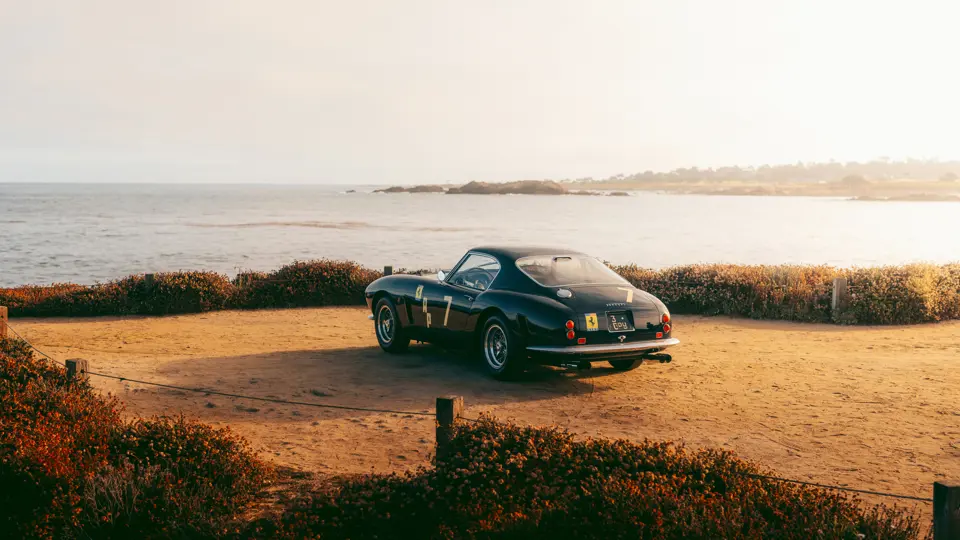




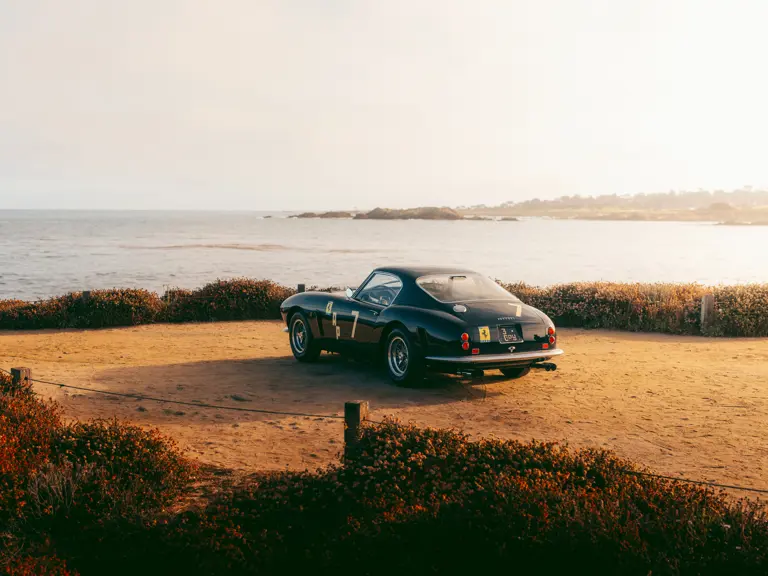

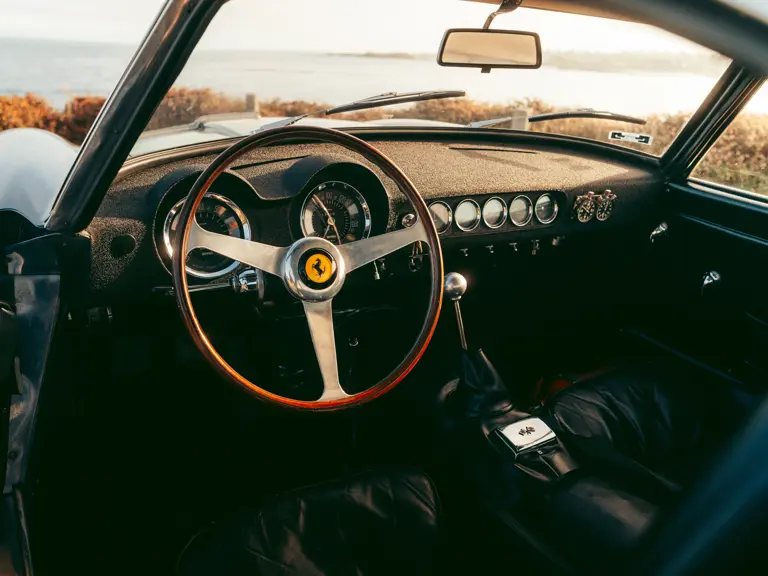
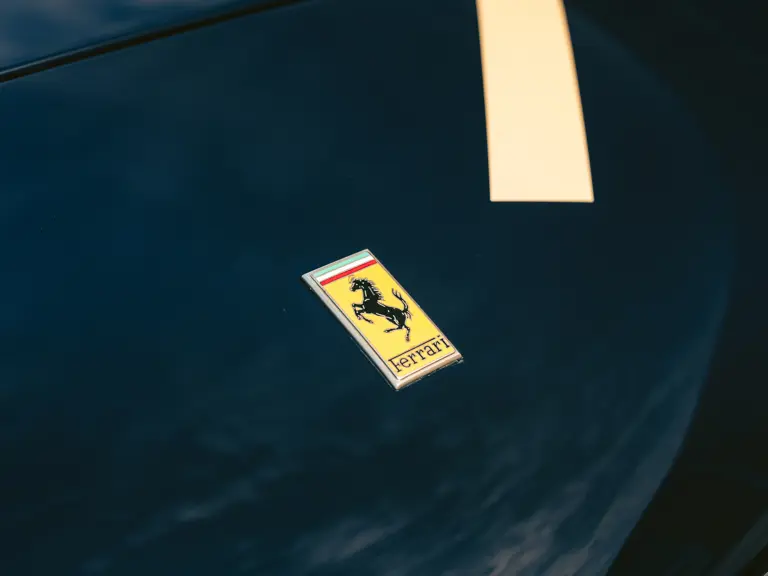

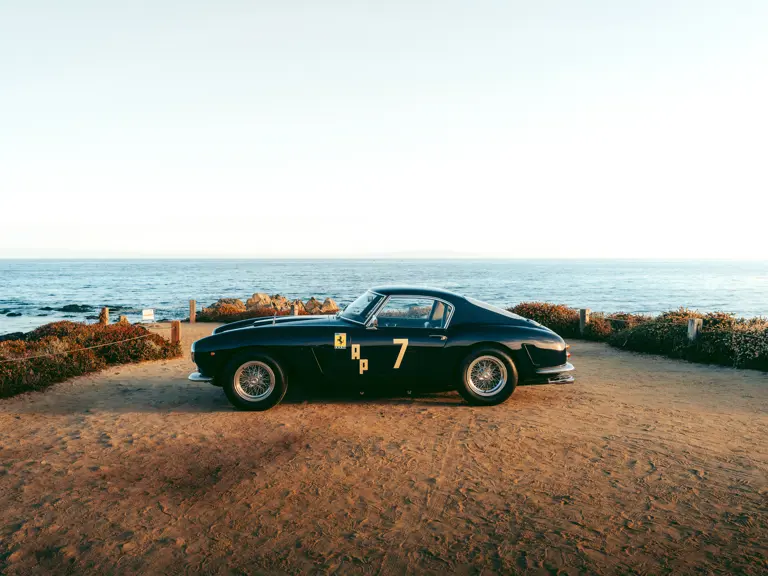
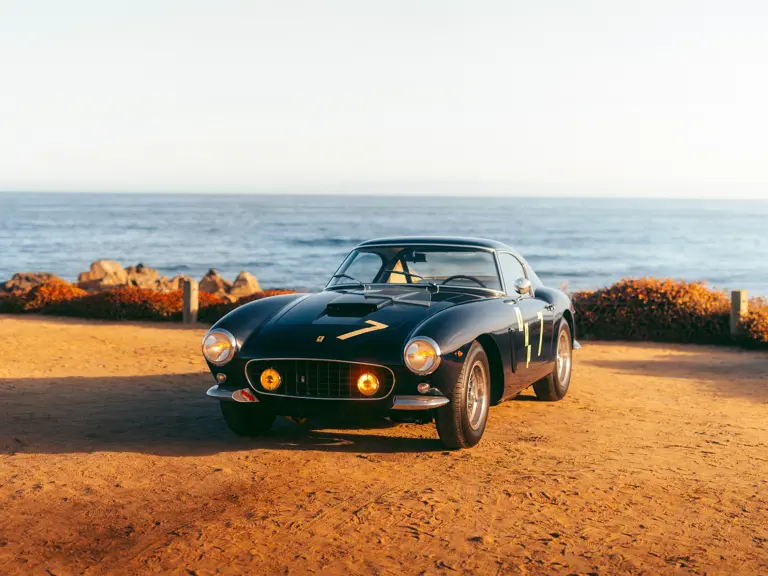

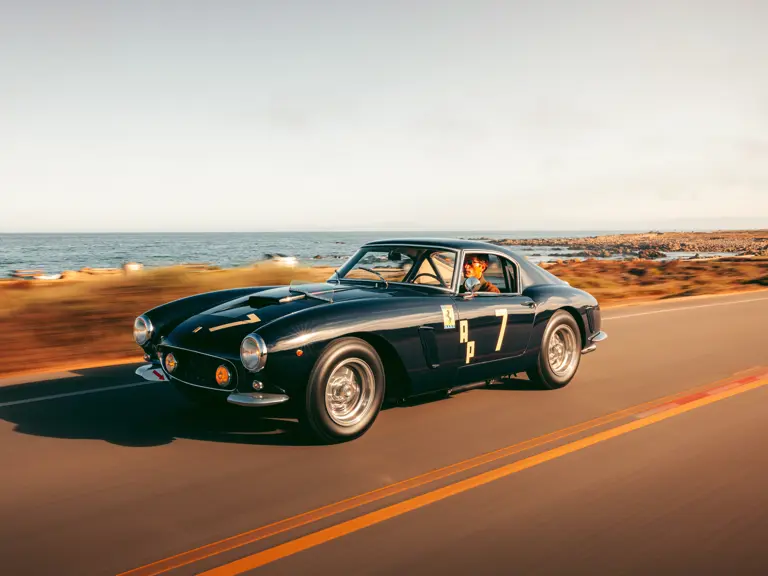
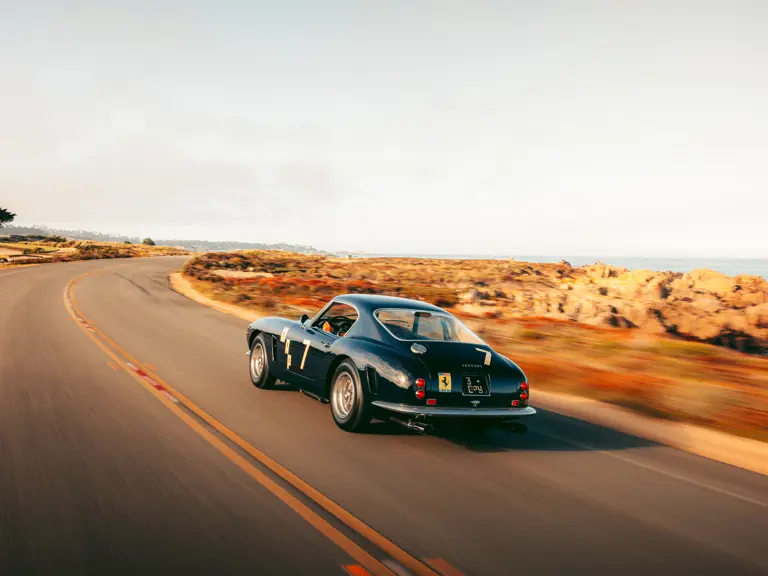

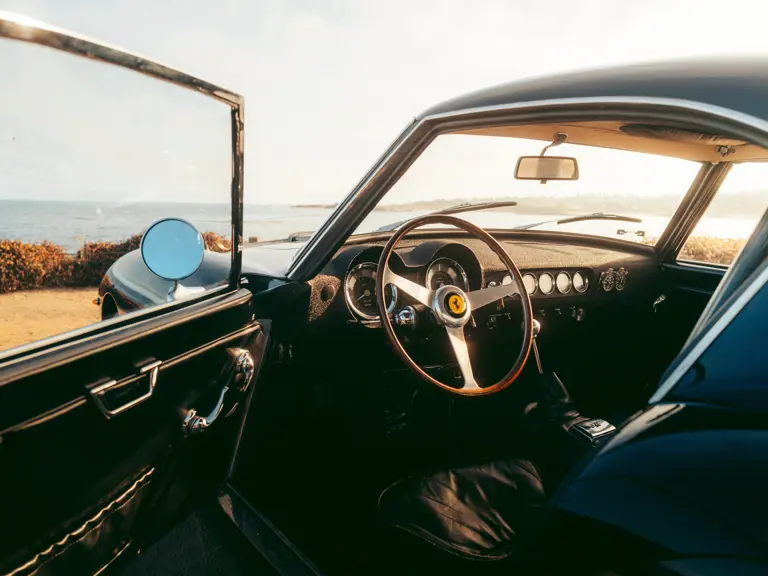
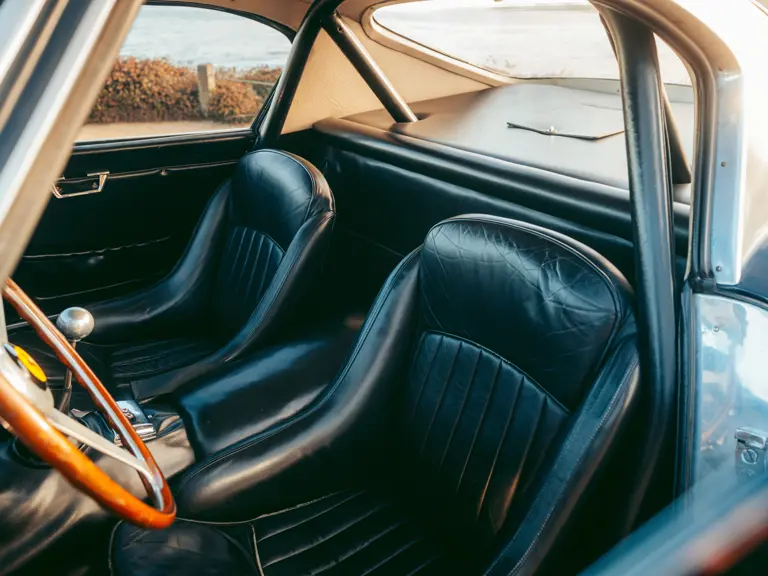





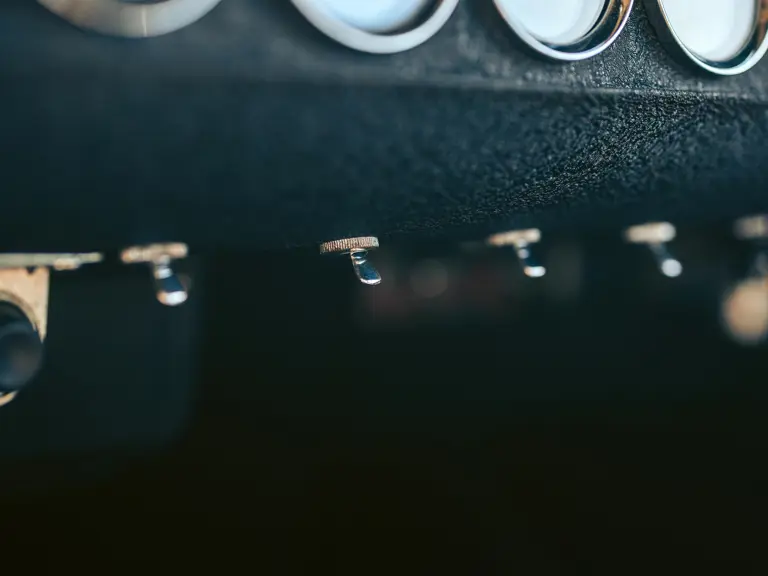

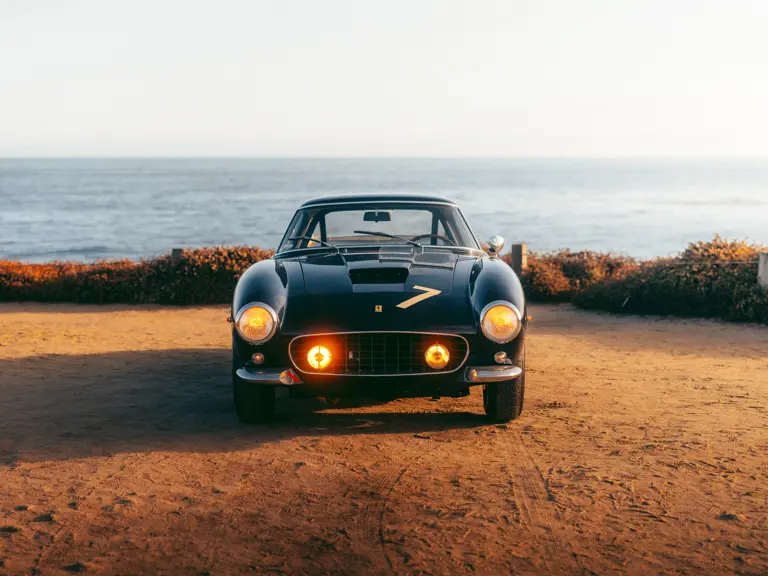
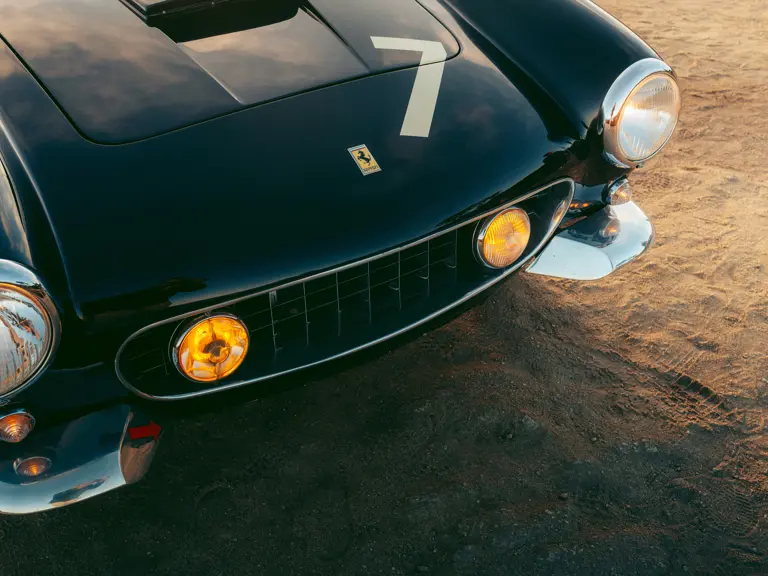





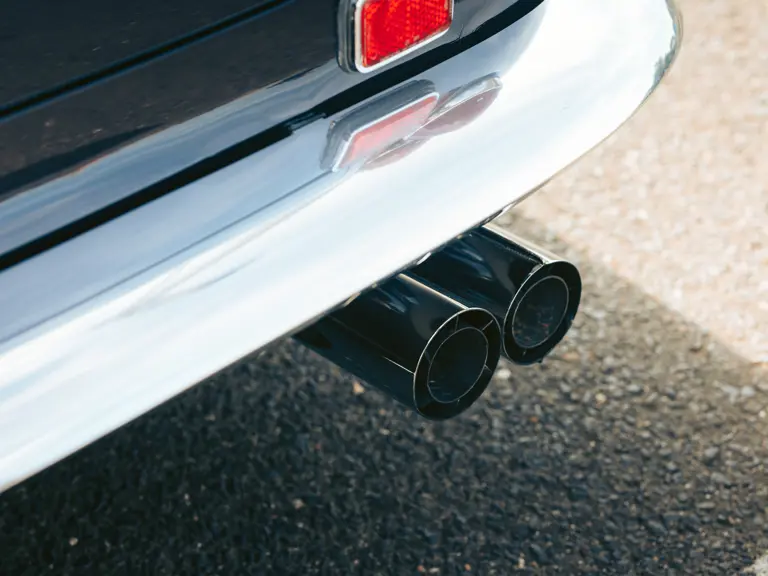
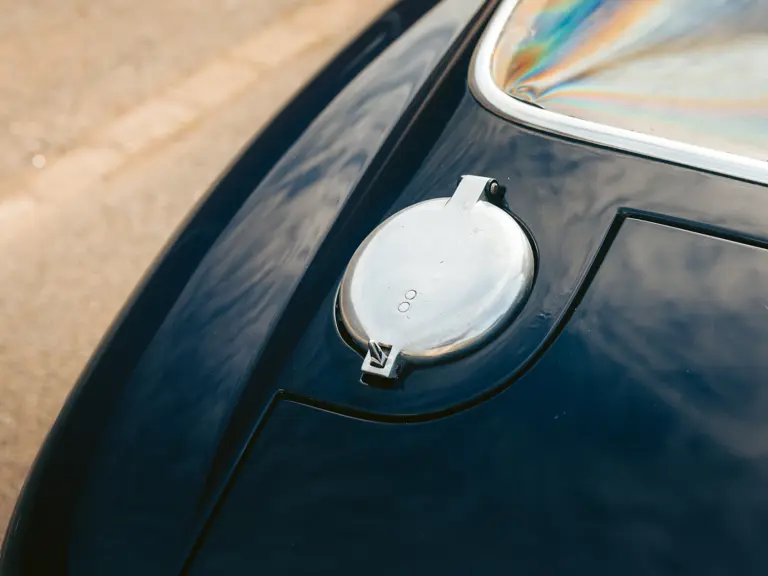

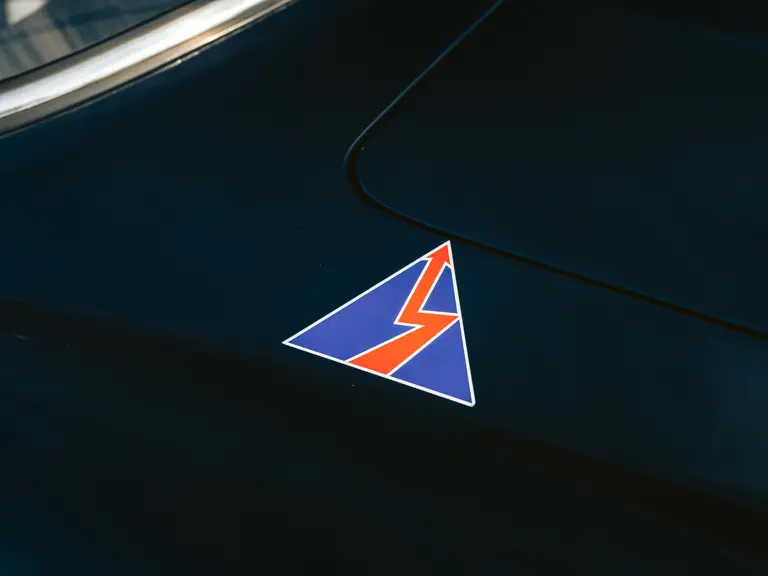








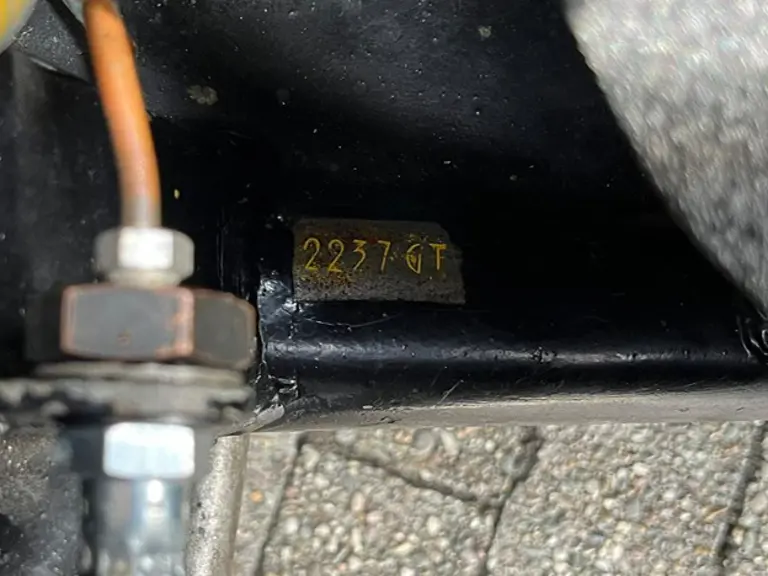


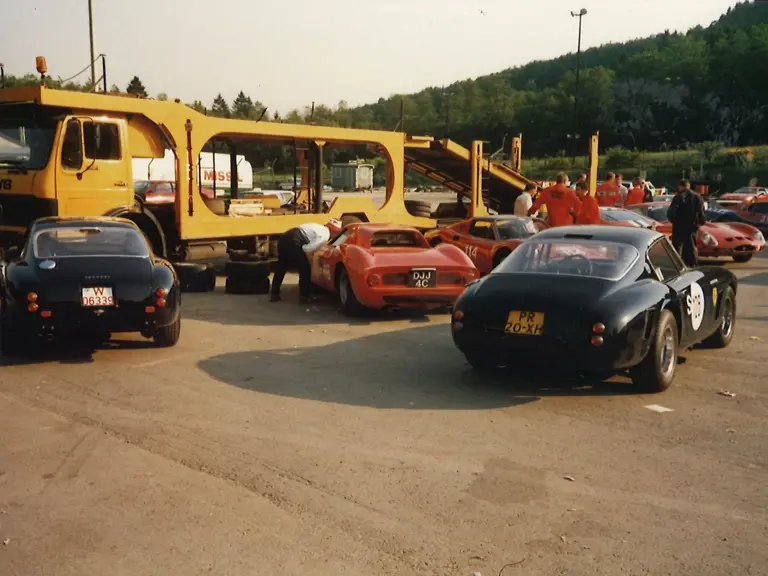
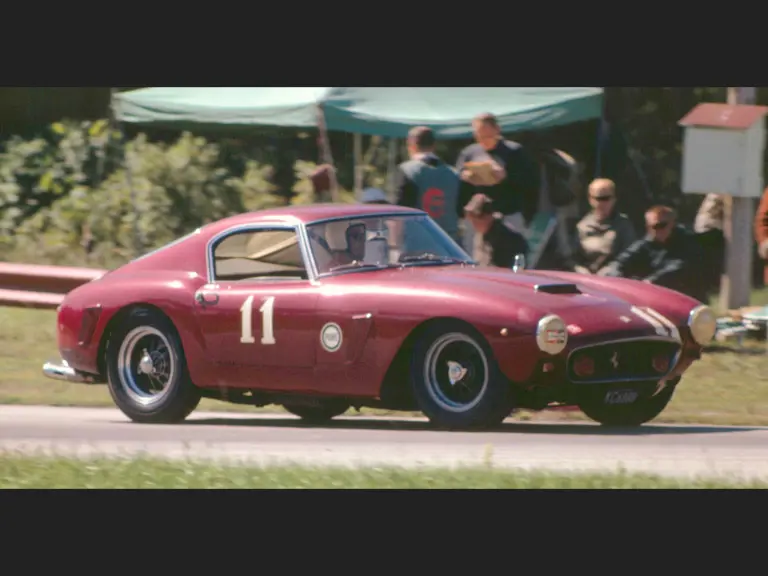
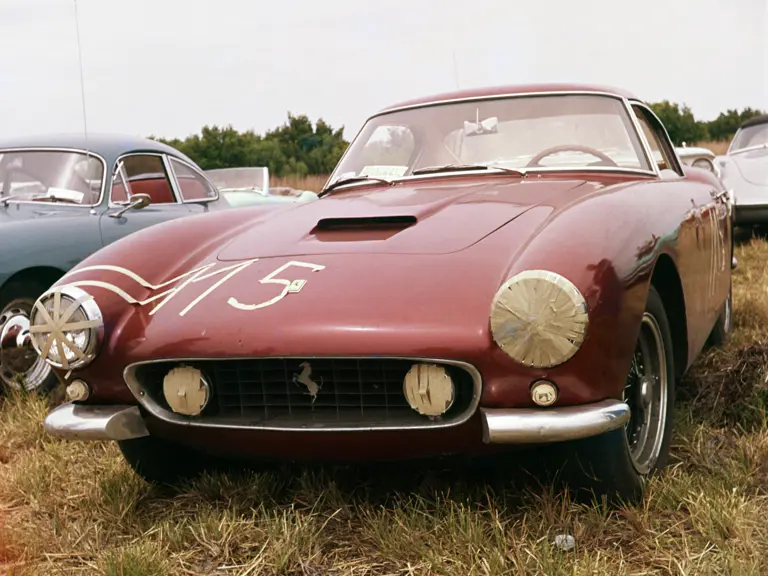

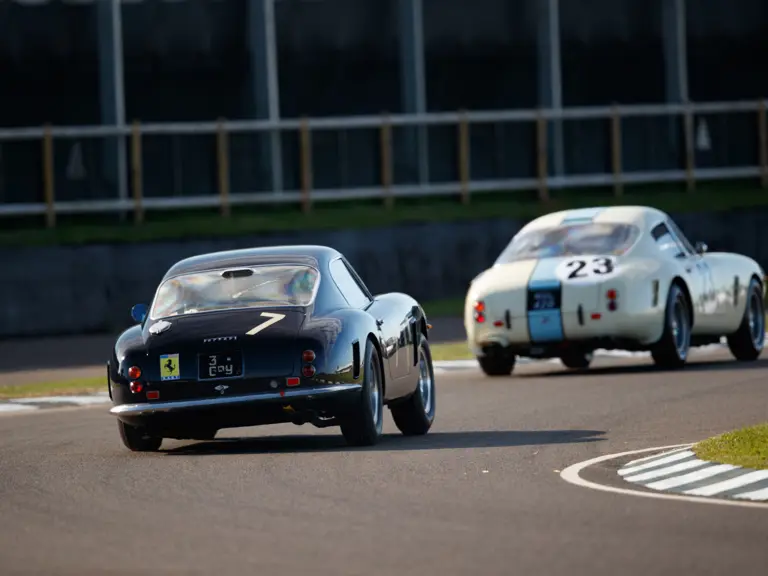


 | Deerfield Beach, Florida
| Deerfield Beach, Florida


